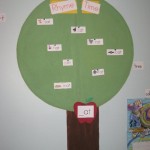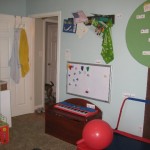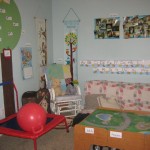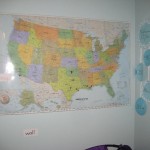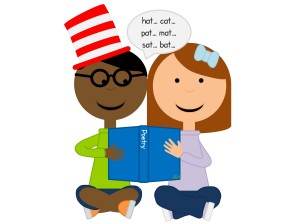Today’s skill is a continuation of all your little one has learned about rhyming from past posts, but the skill also works with manipulating the beginning sound in the rhyming words. So this is a great rhyming activity for your little ones who are ready for a challenge.
You are going to explain to your little one that you are going to give them rhyming riddles to solve. Tell him/her that you are going to ask them that rhymes with a word that starts with a certain sound. For example:
Mommy Teacher: Is there a word that rhymes with punch but starts with /b/? *Dont forget that when you see letters with // you make the letter SOUND.
Make sure to give your little one 3-5 seconds of wait time. Repeat one more time. Then prompt them with the answer (bunch)
1. Think of a word that rhymes with silly but starts with /ch/. (chilly)
2. Think of a word that rhymes with ton but starts with /r/. (run)
3. Think of a word that rhymes with bunny but starts with /f/. (funny)
4. Think of a word that rhymes with way but starts with /d/. (day)
5. Think of a word that rhymes with ball but starts with /t/. (tall)
6. Think of a word that rhymes with fake but starts with /l/. (lake)
Come up with more riddles on your own specific to the skills you are currently working on with your little one!
After rhyming with the words funny and bunny I couldn’t help but use this picture of my sister from 1987/88. I mean, she’s eating a carrot! And it was NOT Halloween or Easter either.

